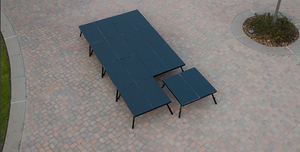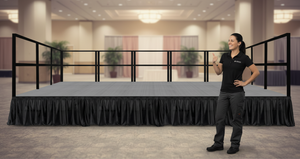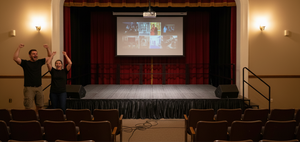Imagine stepping onto a DJ stage that exudes professionalism, with every detail carefully crafted to elevate your performance. Setting up your DJ stage isn't just about placing equipment—it’s about creating an immersive experience that resonates with your audience. Whether you're using a portable stage or a permanent setup, the key to a successful performance lies in meticulous planning and execution.
Understanding the Basics of DJ Stage Setup
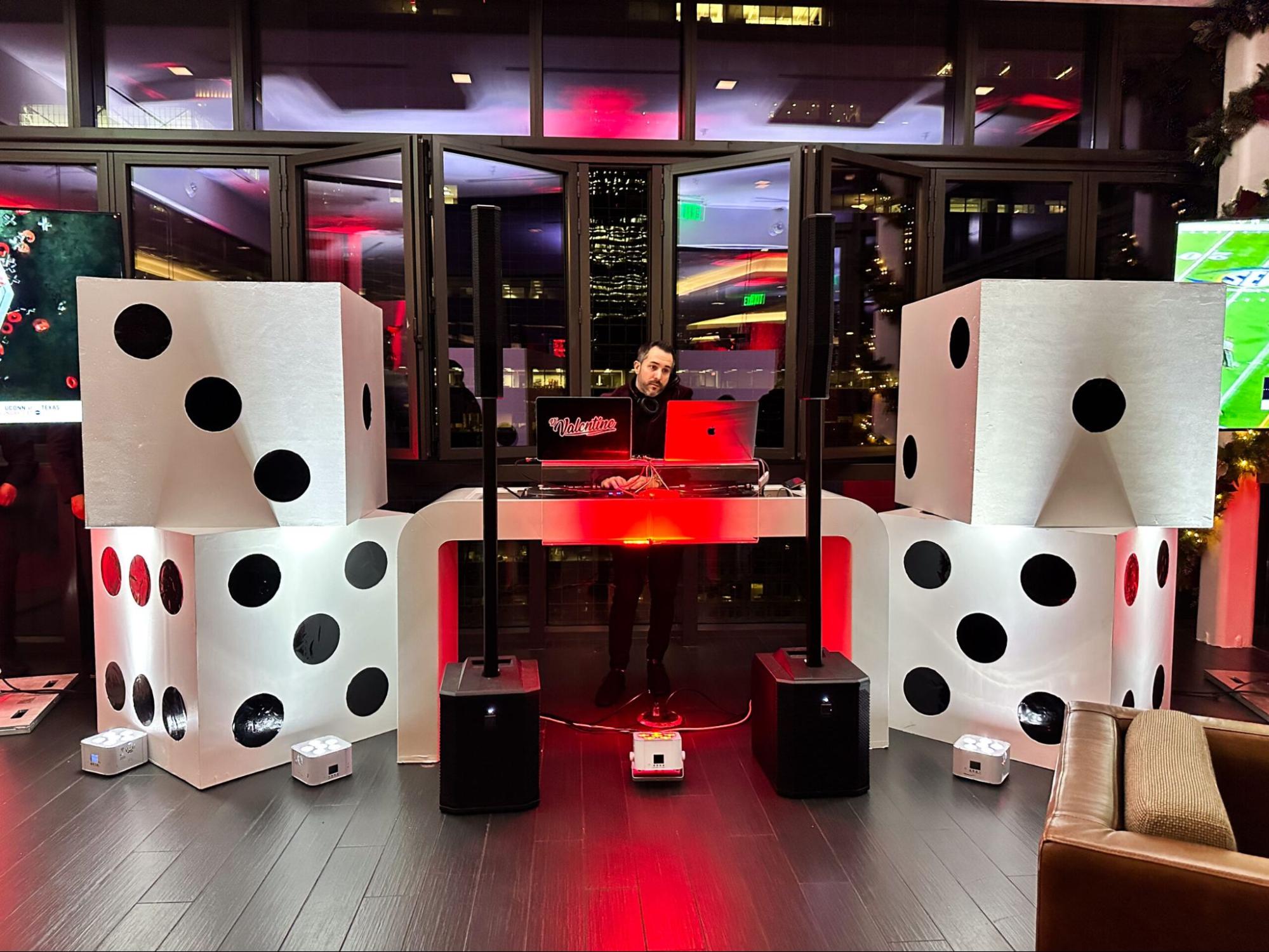
Creating a stellar DJ stage starts with understanding the essentials. Before diving into the intricate details, it's important to grasp the fundamental aspects that will guide your setup. The right foundation ensures that all components work harmoniously, providing both visual appeal and functionality.
Overview of DJ Equipment
Your DJ equipment is the heart of your setup. This includes your DJ controller, turntables, mixers, speakers, and all related accessories. When planning your stage, ensure that your portable DJ stages can comfortably accommodate all your gear without feeling cramped. Consider how each piece of equipment will be positioned to allow for ease of use and seamless transitions during your performance. An organized layout prevents any technical mishaps and ensures your focus remains on delivering an unforgettable experience.
Space Requirements
Space is a critical consideration when setting up your DJ stage. Whether you're working with a large area or a more confined space, your portable stage should be adaptable. Evaluate the venue's dimensions and plan your stage size accordingly. Remember, it’s not just about fitting your equipment; you also need to account for movement and crowd interaction. Opt for a portable stage for sale that offers flexibility in size and configuration, allowing you to create a setup that complements the venue while maintaining a professional appearance.
Power and Connectivity
Power and connectivity are the lifelines of your DJ setup. A well-designed stage should have a reliable power source and proper cable management to avoid any tripping hazards. Ensure that your portable DJ stages have enough outlets to accommodate all your devices, including backups for emergencies. Don’t forget about internet connectivity if your performance relies on streaming or remote access to music libraries. A stable connection is crucial for maintaining the flow of your performance without interruptions.
Equipment Deep Dive for DJ Stage Setup
To set up your DJ stage like a pro, it's essential to dive deeper into the specific equipment that will elevate your performance. This involves selecting the right tools and arranging them in a way that maximizes efficiency and impact.
- DJ Controllers and Mixers
- Speakers and Monitors
- Stage Skirting and Railing
The controller and mixer are your primary interfaces with the music. Choose models that offer the functionality you need while being compatible with your software. The placement of these items on your portable stage should be at the center, allowing easy access to all controls. Consider ergonomic placement to reduce strain during long performances, and ensure that the height of the portable stage aligns with your comfort level for optimal performance.
Your sound system is what delivers your performance to the audience. Invest in high-quality speakers and monitors that offer clear, powerful sound. When setting up your portable DJ stages, position the speakers to cover the entire venue without overwhelming any one area. Monitors should be directed towards you, allowing you to hear your mix clearly. Stage skirting can be used to conceal speaker stands and cables, maintaining a clean, professional appearance.
Stage skirting and stage railing are often overlooked but play a crucial role in the overall look and safety of your DJ stage. Stage skirting hides the underside of your portable stage, concealing cables and creating a polished appearance. It also helps in defining the boundaries of your stage, giving it a more organized look. Stage railing is vital for safety, especially if your portable DJ stages are elevated. They prevent equipment or people from accidentally falling off the stage, ensuring a secure environment.
Designing Your Stage Layout
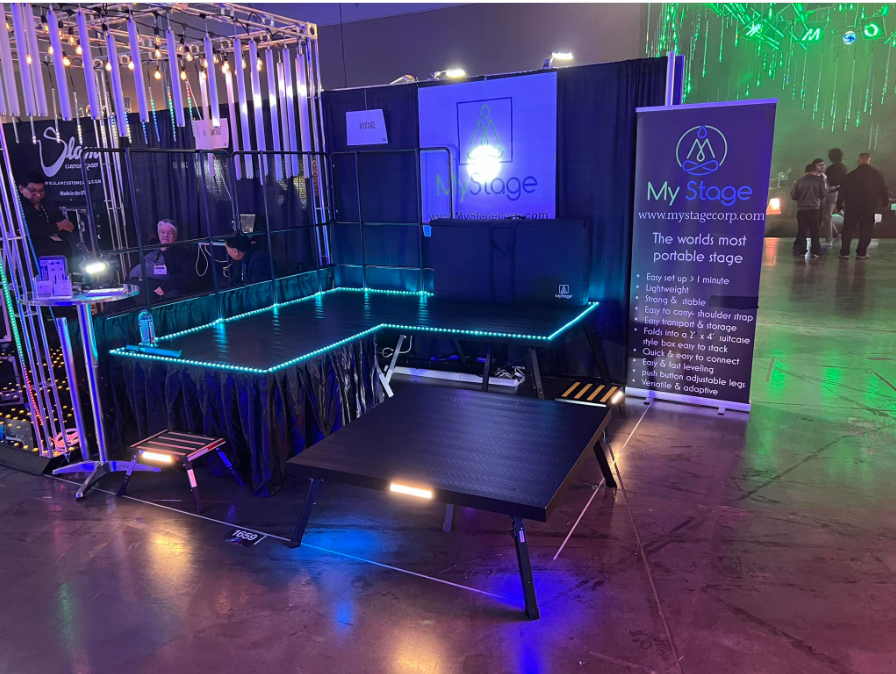
The layout of your DJ stage can make or break your performance. A well-thought-out design enhances both your comfort and the audience's experience.
- Ergonomics and Flow
- Audience Interaction
Design your stage layout with ergonomics in mind. Ensure that all equipment is within easy reach, reducing the need for excessive movement. The flow of your stage should allow you to move seamlessly from one piece of equipment to another without tripping over cables or knocking into stands. This is particularly important when working with a portable stage, as the layout may change depending on the venue.
Your connection with the audience is just as important as the music you play. Arrange your stage in a way that allows you to engage with the crowd. This might mean positioning your DJ booth closer to the edge of the stage or angling your setup so that you can easily make eye contact with the audience. The right layout encourages interaction and makes your performance more dynamic and engaging.
Sound System Setup
A top-notch sound system is the backbone of any DJ performance. Setting it up correctly ensures that your music sounds crisp and powerful throughout the venue.
- Speaker Placement
- Sound Check
Place your speakers at strategic points around your portable stage to achieve balanced sound distribution. The goal is to fill the room with sound without causing distortion or feedback. Use stands to elevate speakers above the audience’s heads, allowing sound to travel further. Consider using subwoofers to enhance the bass, giving your performance that extra punch.
Never underestimate the importance of a thorough sound check. Before the event starts, take the time to test your entire sound system. Walk around the venue to ensure that the sound is even and that there are no dead spots. Adjust levels as necessary, and make sure your monitors are set to a comfortable volume so you can hear your mix clearly without straining.
Stage Lighting and Effects
Lighting can transform your DJ stage from ordinary to extraordinary. The right lighting setup enhances the mood and energy of your performance.
- Lighting Design
- Special Effects
Invest in a lighting setup that complements your music style. For a portable DJ stage, choose lighting fixtures that are easy to transport and set up. Use a combination of moving heads, LED lights, and lasers to create dynamic light shows that sync with your beats. Position lights at different heights and angles to add depth and dimension to your stage.
Special effects like fog machines, strobe lights, and pyrotechnics can add an extra layer of excitement to your performance. When using these effects on a portable stage, ensure that they are placed securely and operated by a trained professional. Safety should always be a priority, especially when dealing with equipment that can cause harm if not handled correctly.
Pre-Performance Preparation
Preparation is key to ensuring that everything runs smoothly during your performance. This includes not only setting up your portable DJ stages but also making sure you’re mentally and physically ready to perform.
- Gear Check
- Setlist and Practice
Before the event, double-check all your equipment. Ensure that all cables are in good condition, your software is up to date, and your backup gear is ready to go. Test your DJ controller, mixer, and speakers to make sure they’re functioning properly. If you’re using a portable stage, inspect it for any signs of wear or damage that could affect stability.
Create a setlist that flows well and suits the event’s vibe. Practice your transitions and effects to ensure a smooth performance. Familiarize yourself with the venue, including the acoustics and lighting, so you can make any necessary adjustments to your setup. Confidence comes from preparation, and the more you practice, the more comfortable you’ll be on stage.
Conclusion
Setting up your DJ stage like a pro requires more than just placing equipment on a platform. It involves thoughtful planning, attention to detail, and a commitment to delivering the best possible experience for your audience. Whether you’re working with a portable stage or a permanent setup, the right approach will elevate your performance to new heights. Remember, the key to a successful DJ stage is not just in the equipment you use, but in how you use it to create an unforgettable experience.



